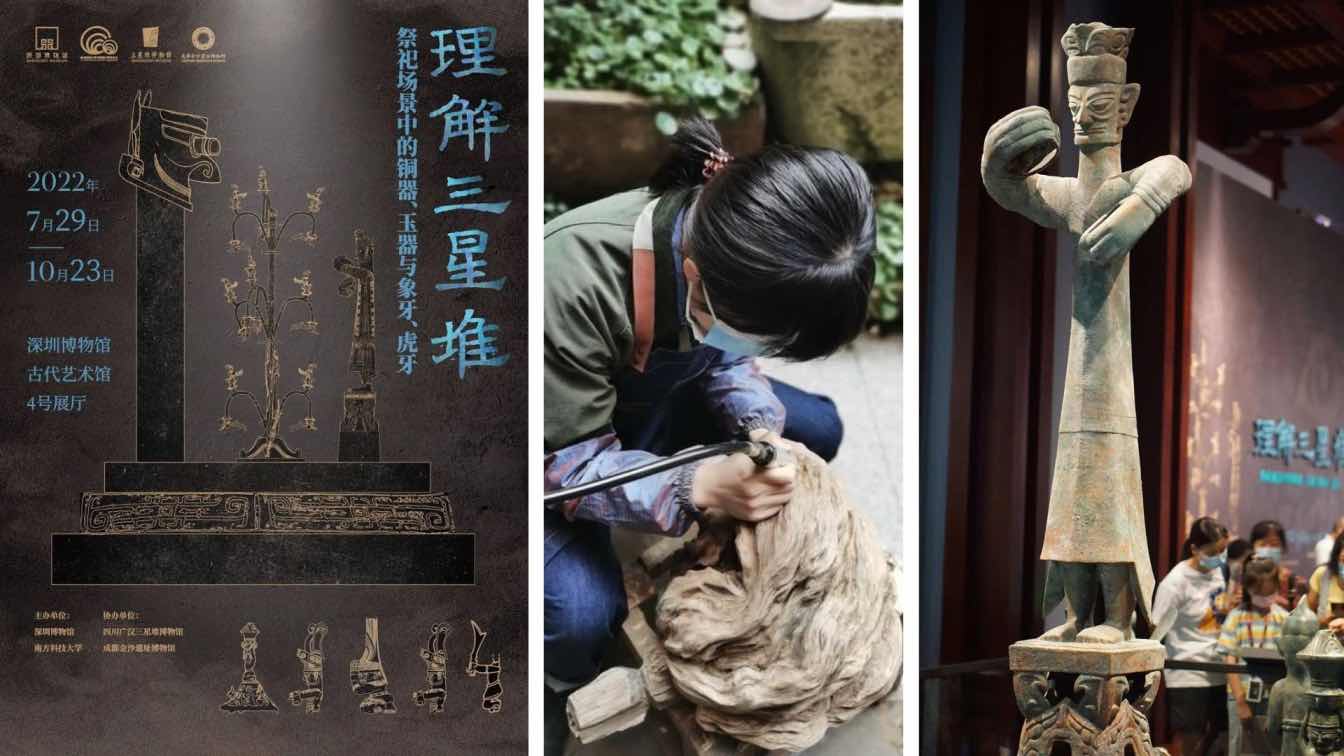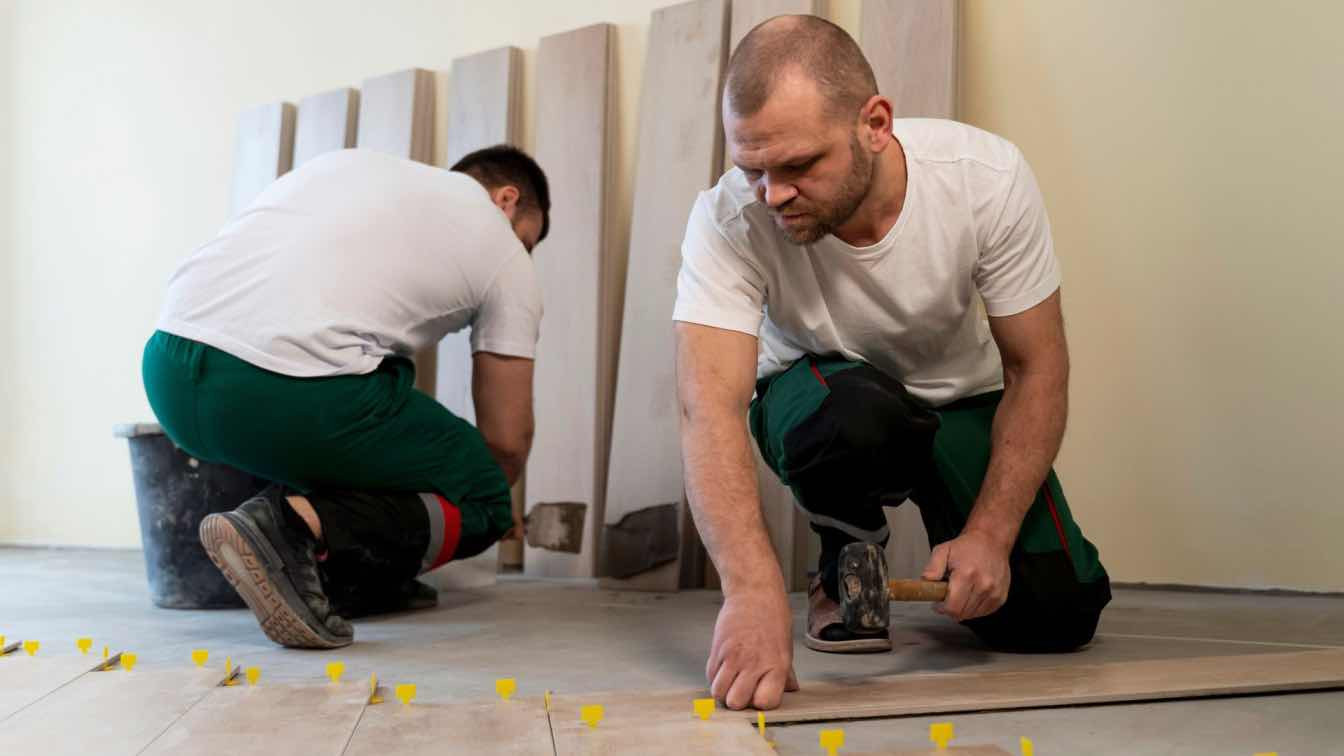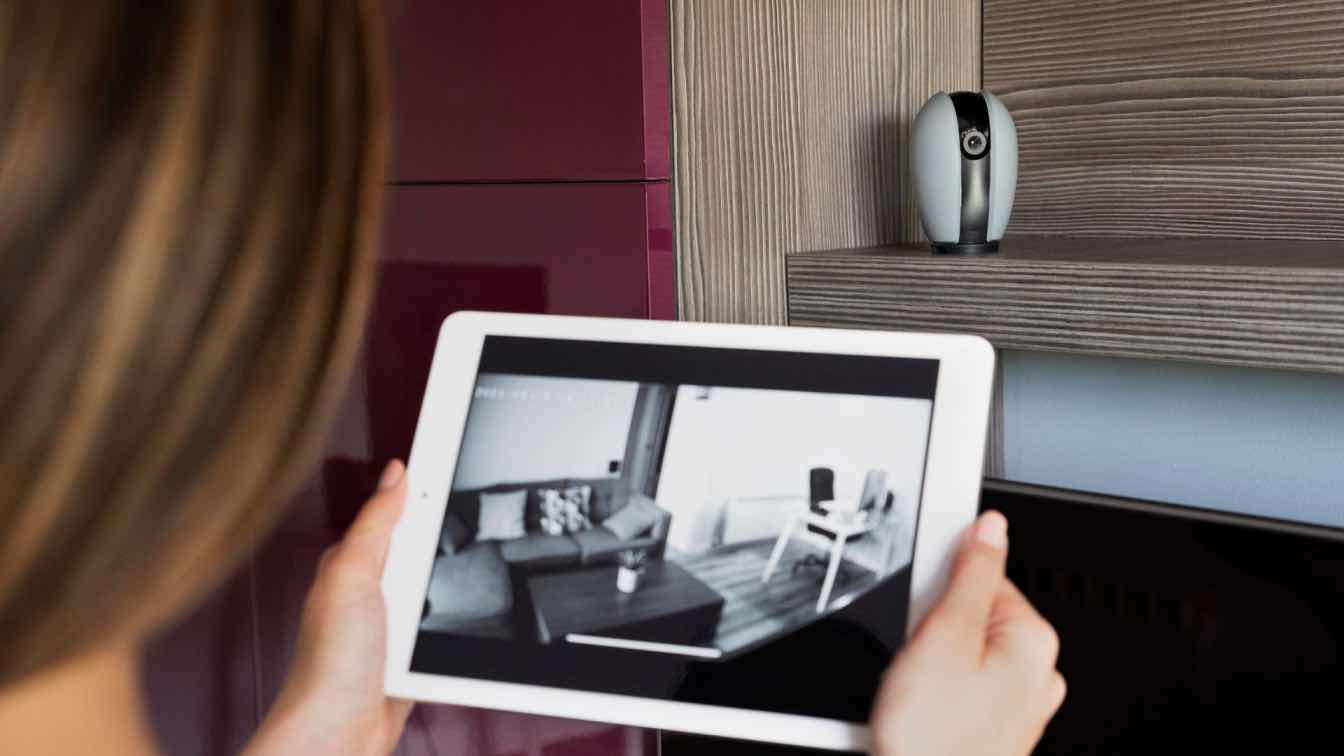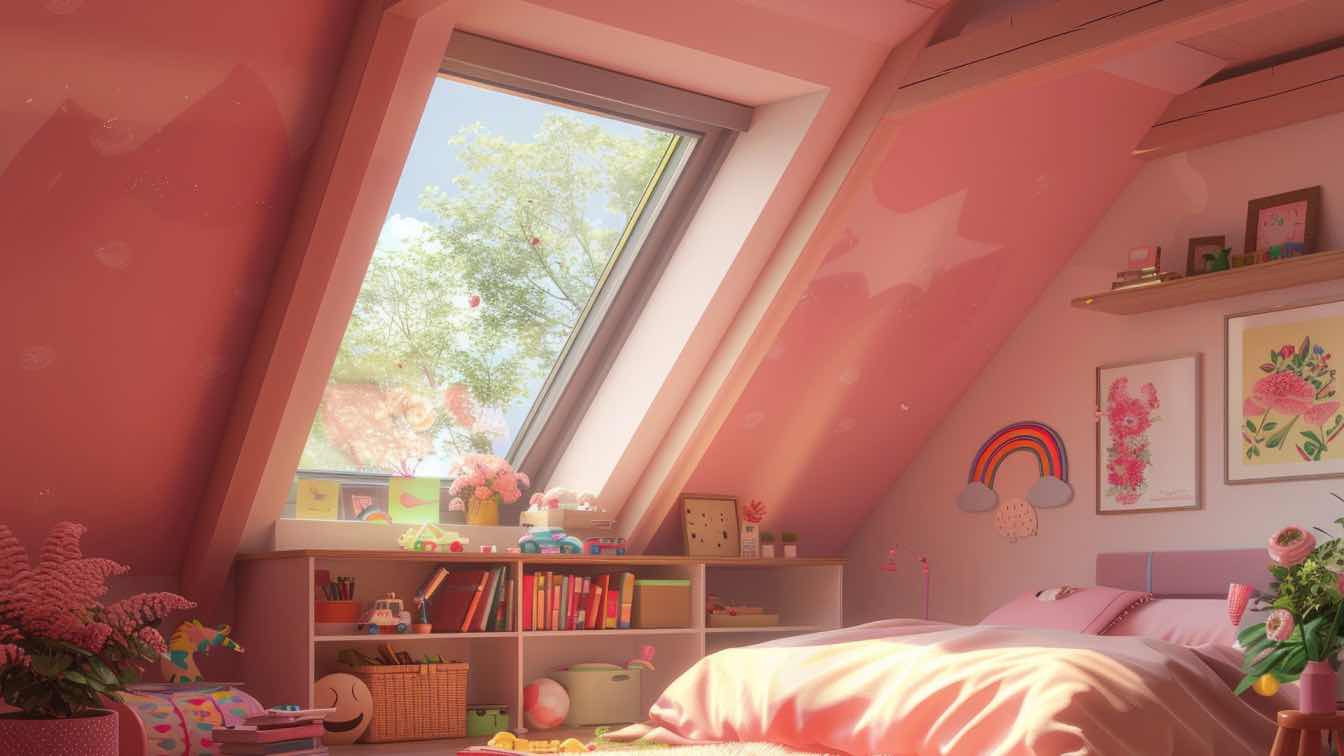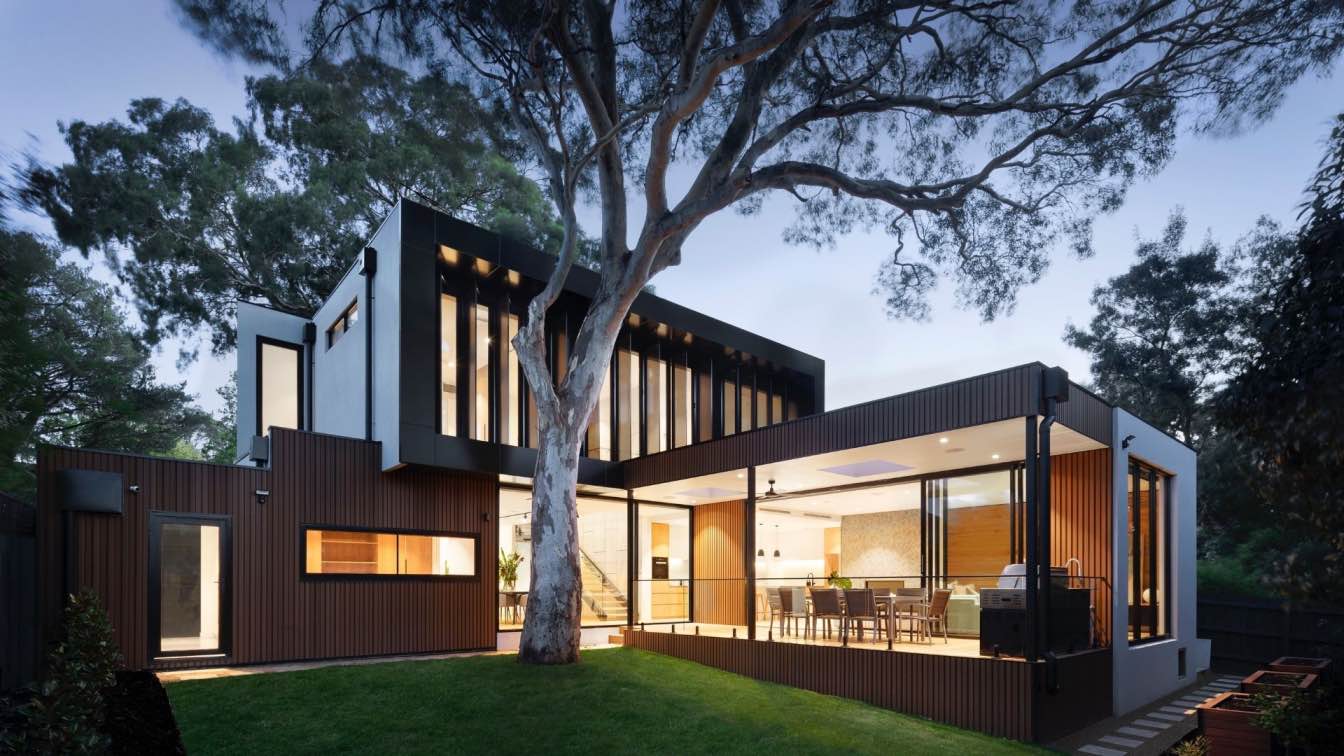In a world racing toward the future, where technological advancements and architectural feats dominate headlines, the past often becomes an afterthought. For architect Ziyu Liu history is not something to be left behind but rather a foundation upon which the future is built. Hailing from Jiangxi, China, Liu has carved a niche at the crossroads of historic preservation and architectural innovation, seamlessly weaving past and present into immersive, thought-provoking experiences.
Her expertise was on full display in the "Understanding Sanxindui" exhibition, where she served the crucial role of Associate Curator. Tasked with crafting the exhibition’s narrative, composing its texts, and designing its spatial layout, Liu orchestrated an experience that transported visitors into Sanxingdui culture, with the crowning feature of a meticulously reconstructed 3,000-year-old ritual scene. This was no small feat; it required an intricate balance of artistic vision, historical authenticity, and architectural precision. As the exhibition made its journey from the Shenzhen Museum to venues in Dongguan and Shantou, Liu's keen eye for architecture and special design ensured that each adaptation retained its immersive integrity. Her work not only celebrated the Sanxingdui culture but also ignited an essential dialogue on the role of historic preservation in contemporary society.
Liu’s talents extend beyond static exhibitions; she has a gift for integrating history with cutting-edge technology. This was evident in her role as Associate Curator and Exhibition Designer for "Teaching and Knowledge Seeking" at the SUSTech Museum. Understanding that the student body she aimed to engage was deeply embedded in a digital world, Liu embraced interactive multimedia and scientific visualization techniques to present archaeology in an entirely new light. Through innovative storytelling and academic rigor, she transformed ancient artifacts into touchpoints of curiosity and inspiration for a new generation. By harnessing technology to make the past feel tangible and relevant, Liu’s vital contributions once again proved that innovation and preservation are not opposing forces but complementary ones.
Her ability to bridge these worlds extends beyond museum spaces and into some of the most prestigious architectural projects in the world. As part of Beyer Blinder Belle Architects and Planners, Liu played a key role in the Metropolitan Museum of Art’s Tang Wing project. Navigating the complexities of the Schematic Design Phase, she meticulously coordinated digital models and facilitated communication between consultants, designers, and technical specialists. It was in these details—where preservation met modern design—that Liu’s expertise shone.
One of the project’s most challenging aspects was maintaining architectural integrity while implementing essential life safety designs. With a deep understanding of historic preservation, Liu devised creative solutions that satisfied safety regulations without compromising the essence of the Met’s public wing. Her contributions were instrumental in securing approvals from the Landmarks Preservation Commission, ensuring that the project honored the museum’s legacy while embracing contemporary design innovations. Her role extended to architectural documentation and the remodeling of existing structures, where she demonstrated an unmatched ability to integrate modern interventions with historical continuity.
Liu is not just preserving history—she is redefining how we engage with it. Whether through immersive exhibitions that bring ancient civilizations to life or through large-scale architectural projects that honor and adapt historic structures, her work ensures that the past remains not only relevant but vital to the present and future. Projects like "Understanding Shanxindui," "Teaching and Knowledge Seeking," and the Tang Wing at the Met exemplify her leadership and vision.
As an architect, Liu stands at the forefront of a movement that refuses to choose between innovation and preservation. Instead, she proves that the two can exist in harmony, creating spaces and experiences that resonate across time. Through her work, history is not just remembered—it is brought to life, shaping the architectural landscape of tomorrow.

